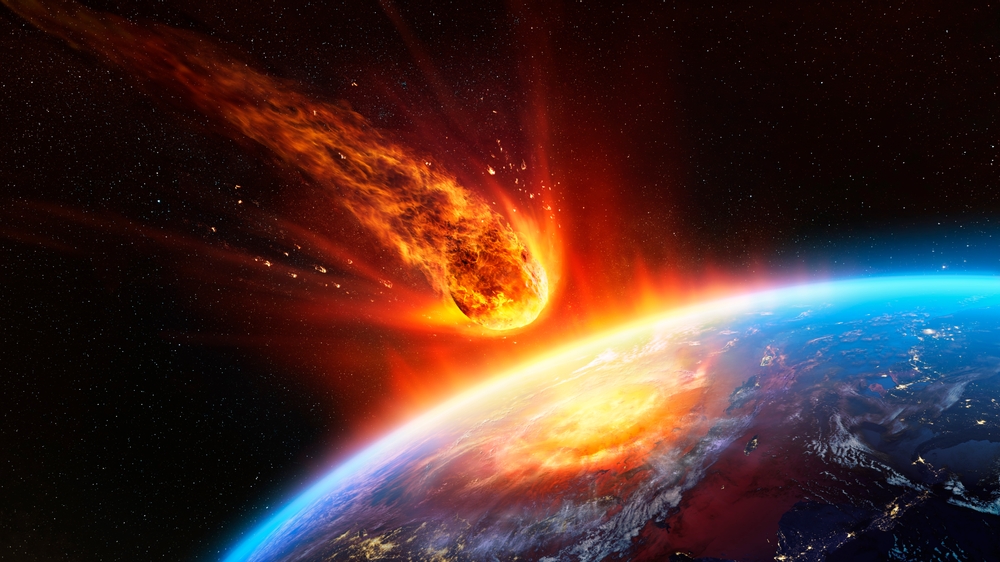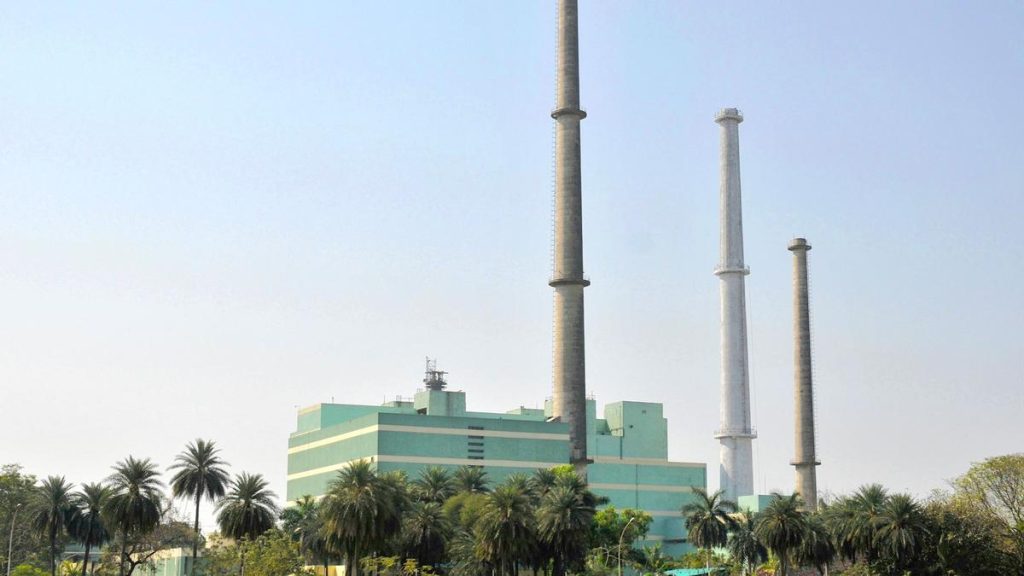Now Reading: Top 5 Extraterrestrial Impacts That Shaped Earth’s Oceans and Moons
-
01
Top 5 Extraterrestrial Impacts That Shaped Earth’s Oceans and Moons
Top 5 Extraterrestrial Impacts That Shaped Earth’s Oceans and Moons

Swift Summary
- Shooting Stars and Meteorites: Earth is constantly exposed to space rocks, with direct impacts called meteorites.Organizations like NASA’s CNEOS track thousands of near-Earth objects such as asteroid 2024 YR4,which has a remote chance of hitting the moon by 2032.
- Notable Impacts:
– Chelyabinsk Meteor (2013): A superbolide exploded in the atmosphere above Russia, causing damage equivalent to dozens of Hiroshima bombs, injuring around 1,500 civilians and shattering windows across the city.
– Sudbury Basin Impact (Canada): Occurred nearly 2 billion years ago. Created a crater where precious metals like nickel and copper accumulated; today it generates billions in revenue.
– Vredefort Crater (South Africa): The largest known impact structure on Earth from over two billion years ago. Now a UNESCO World Heritage Site with scientific importance for geological research.
– Chicxulub Impact (Mexico): Responsible for the K-Pg mass extinction that ended dinosaur dominance approximately 66 million years ago. led to global cooling due to dust and soot blocking sunlight for years.
- Moon Formation: The giant Impact hypothesis posits that Earth’s moon formed when a Mars-sized protoplanet called Theia collided with Earth about 4.5 billion years ago.
For more details,click here.
indian Opinion Analysis
The detailed accounts of cosmic impacts underscore humanity’s vulnerability to extraterrestrial threats despite our technological advancements. For India-home to globally renowned space programs like ISRO-the report highlights the imperative need for further investment into planetary defense systems alongside ongoing exploration missions like Chandrayaan or Aditya-L1.
India’s ability to cultivate international partnerships could strengthen collective efforts toward mitigating potential asteroid collisions-a concern not bound by borders. Moreover, given India’s rich metallurgical history dating back millennia, discoveries akin to Sudbury’s metal deposits may inspire renewed attention toward responsible mining practices should cosmic materials become accessible via technological breakthroughs.
While ancient impacts remind us of Earth’s dynamic past shaped by violent processes-such as those forming early ecosystems-they underline an existential query into safeguarding life against future occurrences amid advancing knowledge from organizations tracking near-Earth objects globally.
























